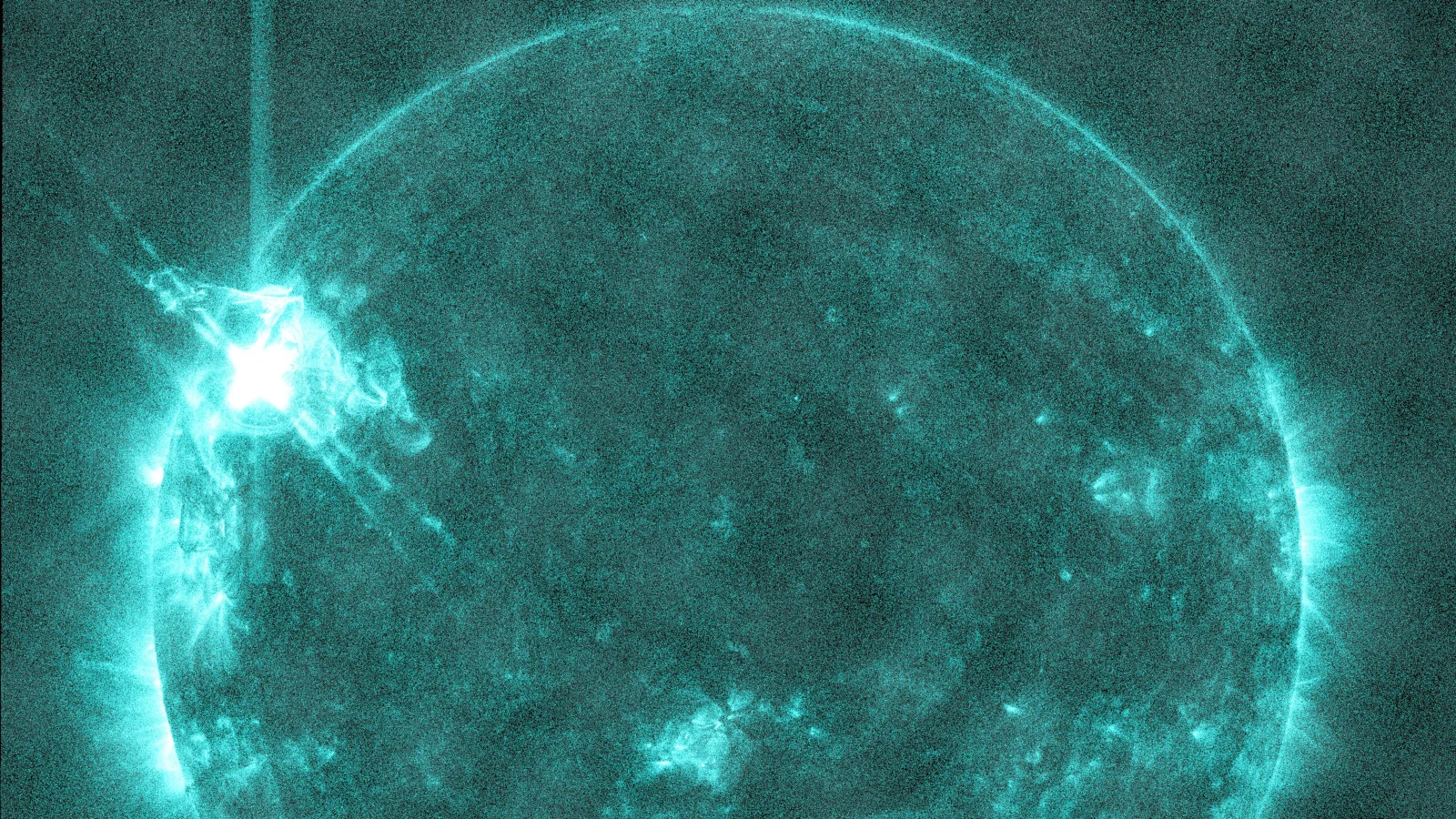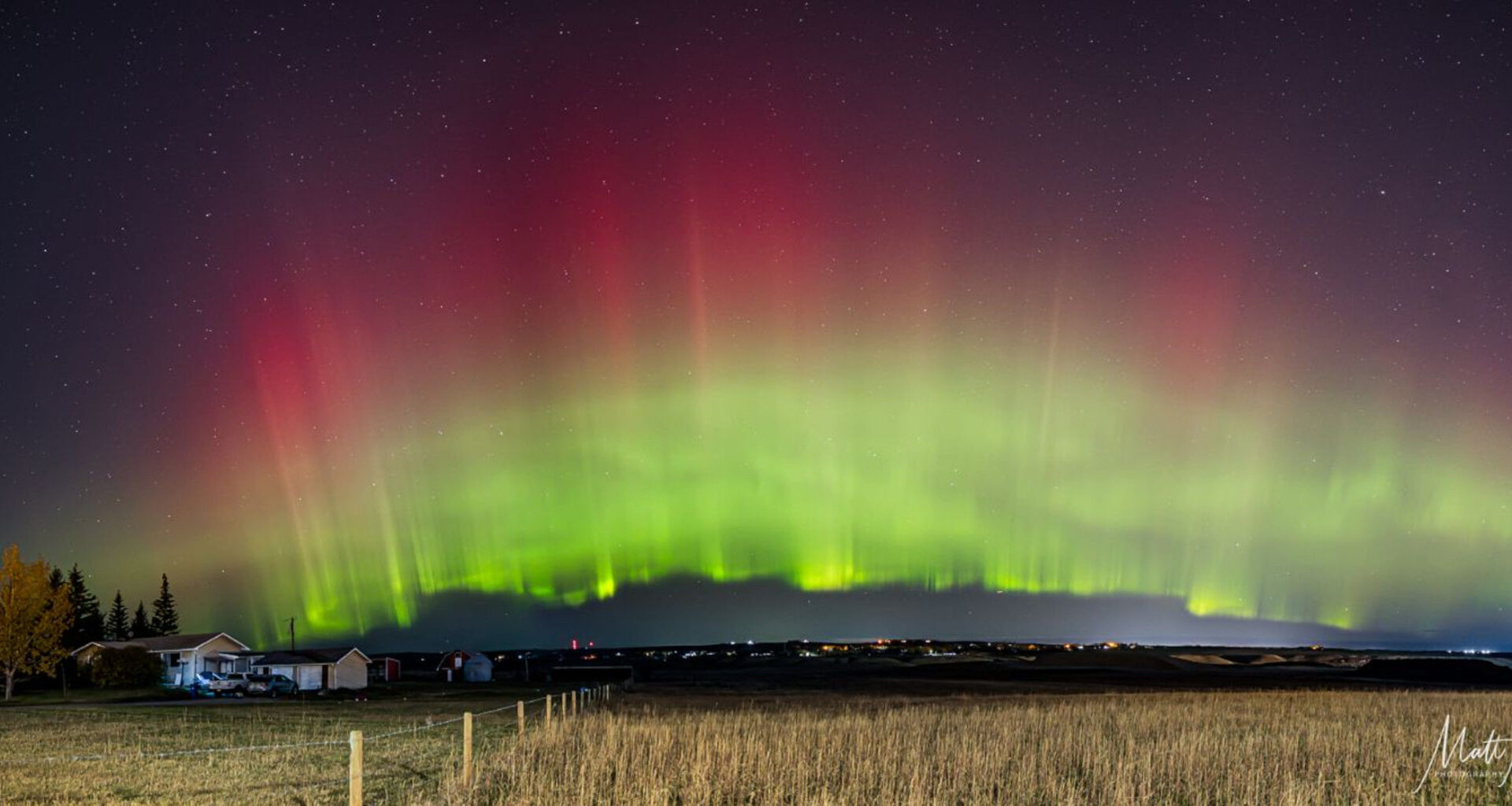Published on Nov. 5, 2025, 11:12 PM
Look up! You may see the Aurora Borealis dancing across the sky above!
A volatile region of the Sun, crackling with flares and blasting solar storms into space, is setting us up for some intense space weather in the nights ahead!
Over the past few weeks, solar astronomers and space weather enthusiasts, alike, have witnessed an amazing sequence of eruptions from the Sun. These coronal mass ejections, aka solar storms, occurred either on the opposite side of the Sun from us, or were aimed well away from Earth. However, all were attributed to a single group of sunspots, known as Active Region 4274, which has rotated into view along the Sun’s eastern limb just in the past few days.

The view of the Sun in the centre of this image, taken by the SUVI instrument on NOAA’s GOES-19 weather satellite, shows off several bright ‘active regions’, as of Nov. 5, 2025, at around 16 UTC. Near the centre of the SUVI view is a subtle darker region, which notes the location of a large coronal hole. The four inset images, captured by the NASA/ESA SOHO spacecraft’s LASCO C3 coronagraph, reveal four large coronal mass ejections that are attributed to AR 4274 (labelled in yellow). (NOAA, NASA/ESA, Scott Sutherland)
On the morning of November 4, a powerful solar flare exploded from AR 4274.
Measured as an X1.8-class flare, it is the strongest we’ve seen from the Sun since the X1.9 flare on June 19. It also ranks as the fifth strongest flare of 2025, so far. That’s not all. In just the few days since AR 4274 appeared from around the eastern limb of the Sun, it has blasted out seven M-class flares.

This image of the Sun, shaded in teal to differentiate it from other filtered views captured by NOAA’s SUVI instrument on the GOES-19 weather satellite, shows the X1.8-class solar flare emitted by active region 4274 on November 4, 2025, at 17:34 UTC (12:34 p.m. EST). (NOAA)
Additionally, over the past three days, more coronal mass ejections have erupted from this region of the Sun’s surface.
The first two of these are headed towards the space ‘behind’ Earth, and are unlikely to have any effect on us. However, as AR 4274 continues its volatile activity, there is little doubt that we’ll see even more flares and CMEs from it, which means that we’ll likely see more aurora activity over the next week or two.

